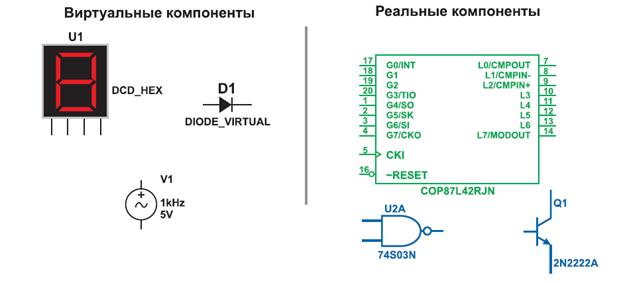II.1.E Give your objectives (purpose, aim, goals)
The main purpose of an informative speech is to have the audience understand and remember a certain amount of information. You should therefore have two purposes: a general purpose and a specific one. The former is to inform: to give an overview, to present, to summarize, to outline; to discuss the current situation or to explain how to do something or how something is done. The latter is what you want the audience to take away with them after listening to you, what you want them to do, what they should remember. My purpose in doing this paper is to give you a solid background on the subject of oral presentation skills so that in the future, at the INT or elsewhere, you can deliver a successful speech in front of a group. What I would like to do today is to explain to illustrate... to give you the essential background information on... to outline... to have a look at... What I want my listeners to get out of my speech is... If there is one thing I'd like to get across to you today it is that… Once you have established your specific objectives you may go on to formulate your content.
II.1.F Announce your outline. You want to keep the outline simple so 2 or 3 main points are usually enough. Concerning grammar the headings of the outline should be of the same grammatical form. I have broken my speech down/up into X parts. I have divided my presentation (up) into Y parts. In the first part I give a few basic definitions. In the next section I will explain In part three, I am going to show... In the last part I would like/want to give a practical example...
II.1. G Questions and comments from the audience. You should also let the audience know at some point in the introduction when and whether they may ask questions. I'd ask you to save your questions for the end. There will be plenty of time at the end of my speech for a discussion. You may interrupt me at any moment to ask questions or make comments. Please stop me if you don't understand anything I say but could you keep any specific questions until after I've finished. II.1.H Make a transition between the introduction and the body. You should refer to your transparency or outline. Now let us turn to point one. Let us now move on to the second part, which is, as I said earlier…. II.2 The middle or the body II.2.A Content. What information should you give in your speech? All your information should support your purpose. In most cases you will have to limit the content, as time is usually precious!
II.2.B Quantity How much information should you give? Enough to clearly develop your ideas. Don’t forget to illustrate through examples.
II.2.C Sequencing your ideas. Here are a few possibilities for organizing your ideas: logical; chronological order; from general to specific; from known to unknown;; cause/effect; problem/solution, etc. Whatever sequencing you choose, the headings should be all of the same grammatical form. II.2.D Keeping the audience's attention The beginning and the end or the first and last parts of a talk are what listeners will remember best. Think of ways you can keep the audience's attention throughout the rest of the speech.
II.2. E Signposting or signaling where you are. Just as when you are driving along a road that you don't know very well, you depend on signs to guide you, you need to guide the listener by using expressions to tell him/her where you are going. That is to say, first announce what you are going to say (give an example, reformulate etc.) and then say what you want to say. This is very like verbal punctuation. Indicate when you have finished one point and then go on to the next one. It is redundant in text but very useful in oral presentations. Experienced presenters will also clearly pause, change their stance and the pitch of their voice as they move from one part of a presentation to another. To make your presentation sound more lively use the following phrases:
|




